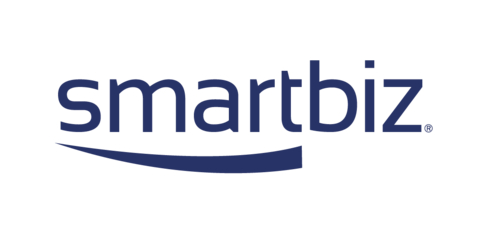
Why Cash Flow Matters for Small Businesses
Cash flow is the literal inflow and outflow of your business’s dollars. For most small businesses, this flow is anything but predictable, yet it’s the lifeline of any enterprise. When sales are uneven or erratic, healthy cash reserves ensure you can cover payroll, rent, suppliers, and unexpected expenses without scrambling or taking costly loans.
Forecasting for Volatility
Create a 90-day rolling cash-flow forecast that anticipates best, expected, and worst cases. Start by listing opening cash balances, expected receipts (by source), and scheduled outflows (fixed and variable). Update the forecast weekly and base assumptions conservatively on recent sales trends, seasonality, and outstanding receivables. Modeling multiple scenarios helps you spot shortfalls early and plan corrective steps.
Prioritize Expenses and Build a Buffer
Categorize expenses by priority: essential (payroll, rent), negotiable (subscriptions), and expendable (promotional items, entertainment). Delay or renegotiate nonessential payments during lean periods. Aim to build a 1–3 month operating cash buffer and rebuild it gradually when sales recover. Regularly review subscriptions and recurring costs to eliminate unnecessary spending.
Improve Receivables and Payment Terms
Invoice immediately and offer incentives for early payment (1%–5% discount). Use electronic invoicing and multiple payment options (ACH, card, BILL) to speed collections and reduce friction. Implement automated reminders and maintain an invoice-aging tracker. For large clients, negotiate partial upfront deposits or milestone payments to improve cash timing.
Manage Payables Strategically
Stretch payment terms where possible without damaging supplier relationships or incurring penalties. Consolidate vendors to simplify payments, request longer net terms, and take early-pay discounts only when you’re cash-positive. Communicate proactively with suppliers if cash is tight—many will accommodate short delays with a plan.
Access Short-Term Liquidity Options
Keep a business line of credit, a business credit card with a sufficient limit, or invoice factoring as a safety net. Compare interest rates, fees, and covenants; use these options to smooth temporary gaps, not as permanent operating funding. Establishing access before you need it improves negotiating power and reduces costly emergency borrowing.
Don’t Wait — Action Steps
Start this week by setting up a 90-day rolling forecast, switching to electronic invoicing with automated reminders, and negotiating one extended vendor term. Small, consistent changes to forecasting, receivables, and payables can turn unpredictable sales into manageable cash flow.


